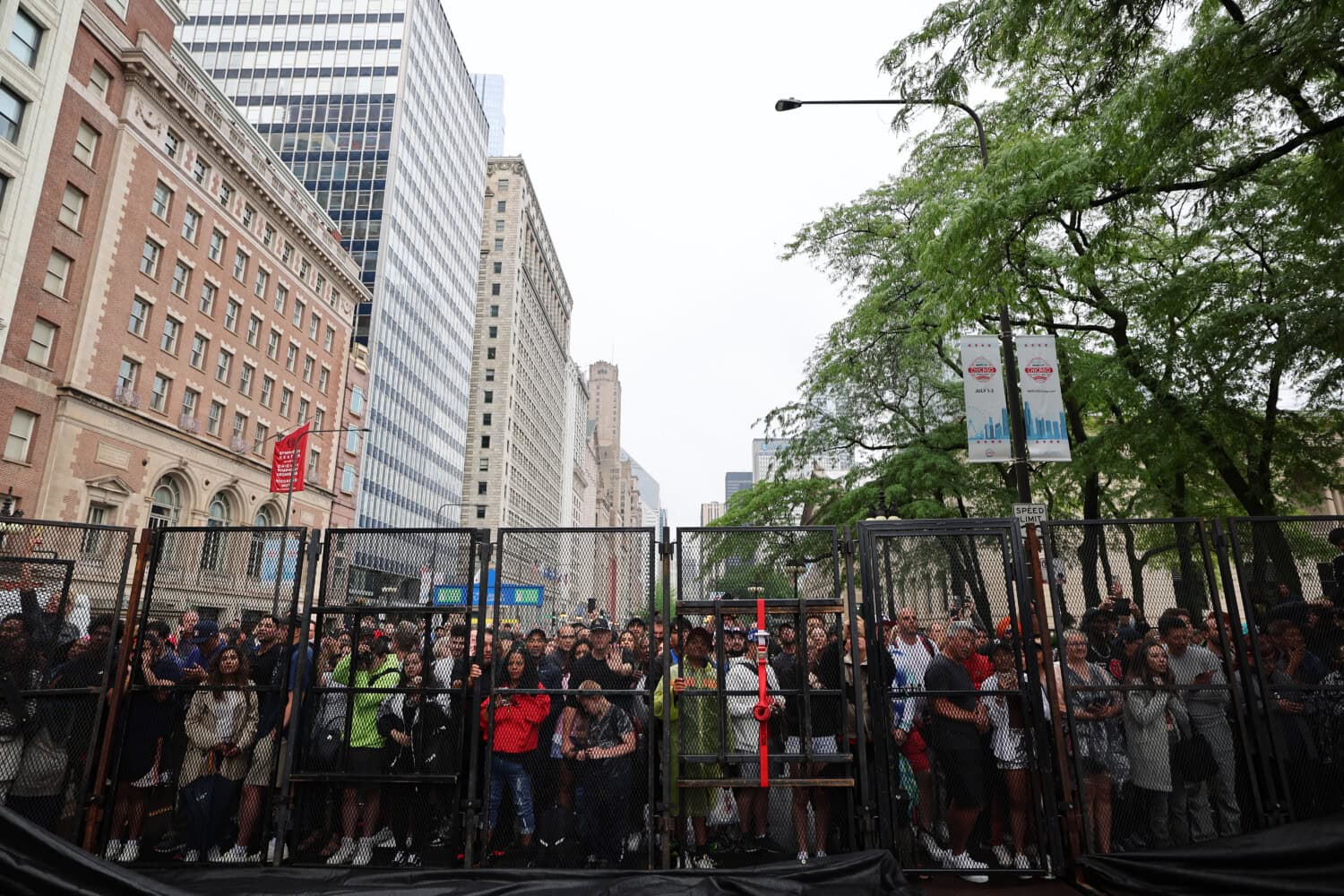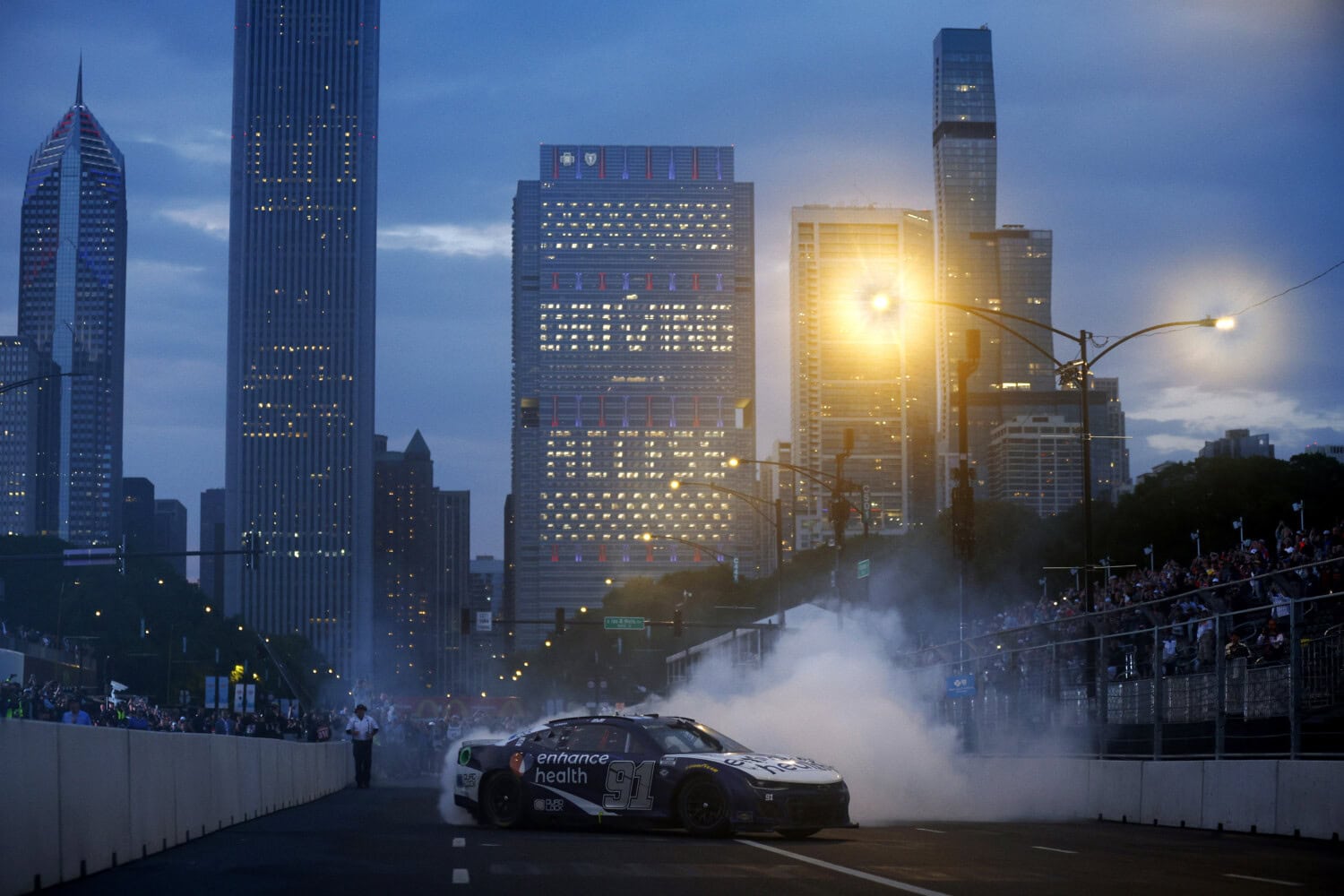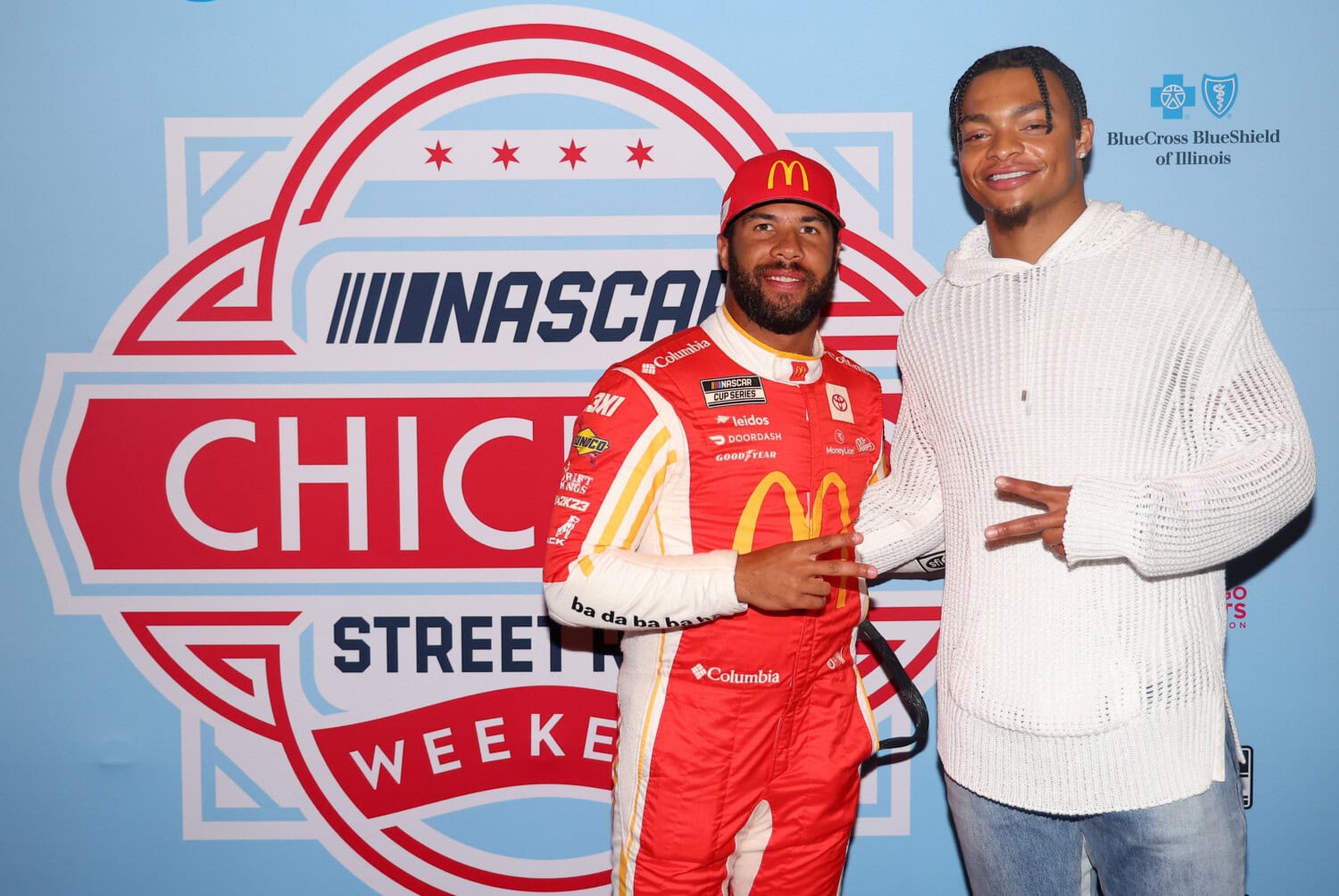NASCAR wants the diversity of its fanbase to mirror that of the US population. Boardroom looks at what it’s doing to get there.
Just a few years ago, the idea of hip-hop and NASCAR existing in the same space would’ve seemed farfetched — even with the organization’s focus on increasing diversity on and around the track.
But at halftime of last year’s Busch Light Clash at the Coliseum, there was Ice Cube performing hits from his expansive catalog. Before that, Trackhouse Racing partner and multiplatinum recording artist Pitbull held a 45-minute concert. Wiz Khalifa was the halftime act at this year’s Clash.
It’s all part of a NASCAR diversity effort the last few years aimed to create a more holistic experience for fans and resonate with a wider demographic. Boardroom breaks down some of the ways NASCAR has expanded into lifestyle and event culture.
All Are Welcome
Chief Marketing Officer Peter Jung joined NASCAR in 2014. Previously working in strategy, planning, and targeting other multicultural segments, his first five years focused on building an educational foundation around the sport and creating a long-term influence among multicultural communities and children.

Jung admits that he was naive regarding the time he felt it would take to make a significant impact in these sectors. That said, 2020 was a turning point.
“It was things like taking a more vocal stance on social justice,” he said. “Not even just issues but the realities of our society, and the Confederate flag was another one.”
With COVID-19 at its height and social unrest around the globe following the murder of George Floyd while in police custody, Bubba Wallace called for the sanctioning body to ban all Confederate flags at racetracks.
The flag was such a common sight in NASCAR races that even attempts to do this five years prior, in the wake of nine Black churchgoers’ murders at the hands of a white supremacist in Charleston, were met with serious fan backlash.
When NASCAR banned the flag two days after Wallace’s request, it leaned fully into its efforts to make race events more welcoming and inclusive. It also gave larger corporate sponsors an incentive to come aboard.
The move was a major milestone for the organization and has helped shift the focus of race events fully toward entertainment and action. Jung is emphatic about what he hopes to see in the next few years.
“I would like to see the demographic of the fanbase really mirror the US population,” he said. “We want to see diversity everywhere in every facet of how someone reacts to the sport. We want any person to feel like they’re welcome even if they’re not a rabid race fan.”
Taking NASCAR To New Markets
In the last few years, NASCAR has brought its experience to Nashville, Austin, St. Louis, Los Angeles, and, most recently, Chicago with its first-ever street race in its 75-year history.
Many in these markets might have never experienced the atmosphere of a race weekend without the initiative to innovate and create different experiences for long-standing and potential new fans.
“I think the ability to make the sport more accessible both geographically and with experiences that are attainable and relevant — that’s what we’re trying to do more of,” Jung said. “We want to be very thoughtful in terms of how our schedule falls but bringing the circus and experience of NASCAR to different places.”
NASCAR spent over $50 million on the street race weekend in Chicago. Even with storms and historic rainfall that stopped concerts — and the inaugural Loop 121 race — tens of thousands withstood those elements to witness history.
The ratings reflected that interest. The street race was the most-watched Cup Series race on NBC in six years, with 4.795 million viewers tuning in on NBC and Peacock. It also became the most streamed Cup series race in NBC Sports history with 163,5000 viewers across Peacock and NBC Sports digital platforms.
Bringing the experience to new markets also gives NASCAR the opportunity to engage with local businesses and communities to establish new relationships.
“I think we’re really pushing ourselves to be creative on what we can do,” said Chicago Street Course President Julie Giese. “The last several years, our leadership team has really challenged us to try new things, think outside the box, be creative, and try to find new ways to reach new audiences.”

The Bubba Effect
Bubba Wallace is the only Black full-time driver in the Cup Series, NASCAR’s top tier of racing. Already tasked with performing on race day, he carries the duty of helping increase the visibility of the sport in the Black community. It’s a large undertaking for any one person, given the sport’s long-standing perception within his culture, but Wallace has fully embraced it.
Created together with NASCAR, Bubba’s Block Party is an initiative focused on driving awareness, access, and engagement to the sport within the Black community. The events are free and include live pit stop demonstrations, iRacing, and other activities for children and families.
Local partner restaurants provide food and artists such as Big K.R.I.T., Wale, Mannie Fresh, and Lupe Fiasco have joined Wallace to further help create excitement ahead of weekend races. To date, there have been two events in Richmond, VA., one in Birmingham, AL., and the most recent one in Chicago.

“I think in 2020, we all sat down and had a big reflection moment of how we can be better as people, as a sanctioning body, and what we needed to do to be more inclusive,” Wallace told reporters ahead of the street race in Chicago. “It’s been a lot of work but a lot of fun. To see the fan interaction and engagement has been really good for our team and for the sport.”
NASCAR also wants to make sure the awareness and goodwill don’t dissipate when they pack up and head to the next destination on the schedule. They want to stay engaged year-round by providing NASCAR-themed STEM education within schools and finding ways to help improve the communities they touch.
Merchandise and Lifestyle
NASCAR has a few ways to quantify its engagement and marketing efforts. Whether it’s determining that over 70% of attendees at the street race in Chicago were attending their first-ever NASCAR event or that Legends (NASCAR’s official provider for merchandise at tracks and special events) brought in more sales revenue than any event aside from the Daytona 500, they track everything.
Big-name celebrities interacting with the brand also help drive brand awareness. When Drake was spotted in a Dale Earnhardt Sr. jacket in March, it set off a chain of fans clamoring for similar jackets for current drivers.

Retro NASCAR wear has been in style for years now and is prominent among the younger fans who attend races. Celebrities such as Dua Lipa, Justin Bieber, and Kendall Jenner have also donned the nostalgia gear, and it isn’t going unnoticed.
“In my early days, when we would make outreach to certain personalities — musicians, influencers — the calls weren’t always met with reception,” Jung said. “The last couple of years, we’ve seen that change.”
The challenge now is in converting those hypebeast sales to actual fans and continuing to find creative storytelling opportunities to push the current drivers to the forefront of mainstream consciousness.
NASCAR: A Drive For Diversity
Banning the Confederate flag made the sport more welcoming, not just to fans but to NASCAR employees.
John Ferguson joined NASCAR in 2021 as Chief Human Resource Officer to lead its people and culture strategies. Speaking on that decision on the April 2023 episode of the People + Strategy podcast, he said:
“We instantly saw in that action step that the sport opened up to a new world of people, a whole new world of employees. And we’re still on that journey.”
It’s a journey that is over two decades old. The NASCAR Diversity Internship Program launched in 2000. Its 10-week program has introduced over 500 college students to the industry and exposed them to a variety of career opportunities. The NASCAR Drive For Diversity program, which started in 2004, has produced graduates such as Wallace, Daniel Suárez, Kyle Larson, and Hailie Deegan, who races in the Truck Series.
It’s hard to imagine events like Bubba’s Block Party materializing from a NASCAR workforce lacking in diversity.
NASCAR’s diamond anniversary represents a rebirth of sorts. With all the resources NASCAR pours into increasing awareness and interest in the sport, there still is a lot of work to be done if they are to have a truly diverse field of drivers. The exposure to minority youth helps, but there is still the high cost of getting involved and securing the corporate sponsors to help fund equipment costs and operations. For now, the priority remains to make sure the next 75 years continue to mirror their efforts.
“I don’t expect you’ll see us take our foot off the gas anytime soon because that’s important to us and I think we have a lot of positive momentum,” Giese said. “Coming out of the pandemic and being the first sport back with fans, going to the new markets and creating new experiences — that’s all important and I think you’ll see more of that as we go forward.”